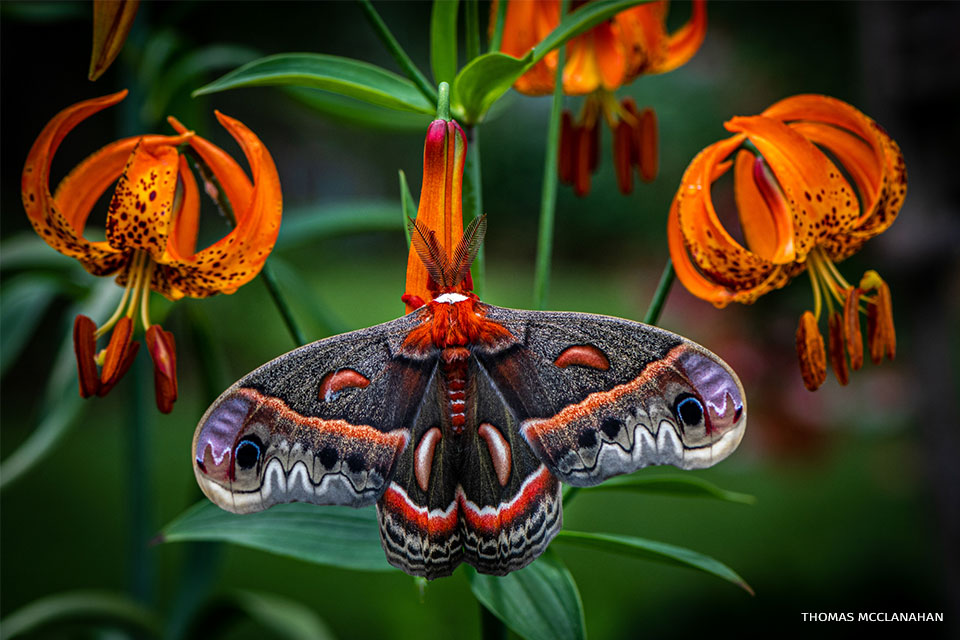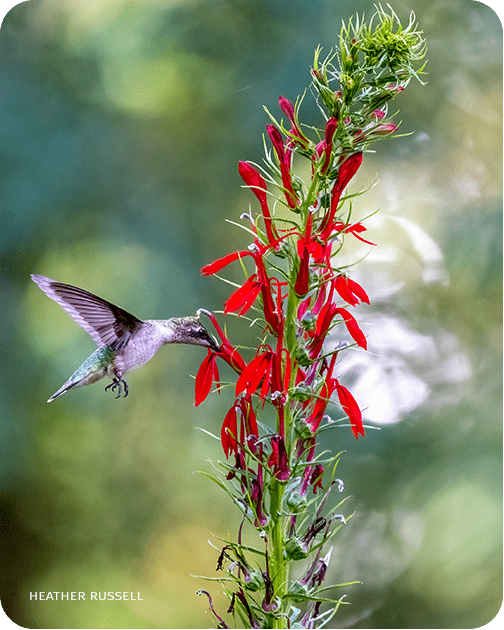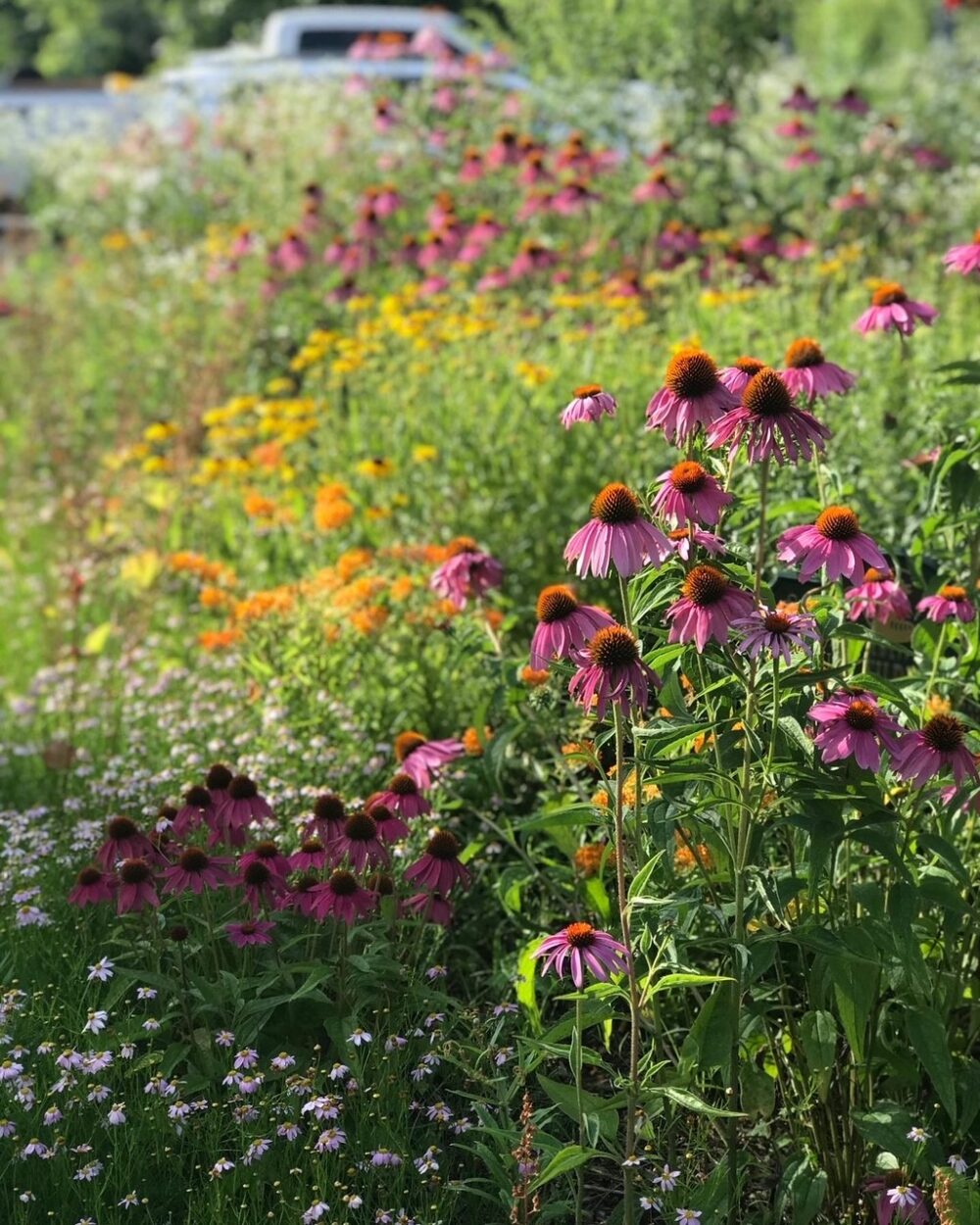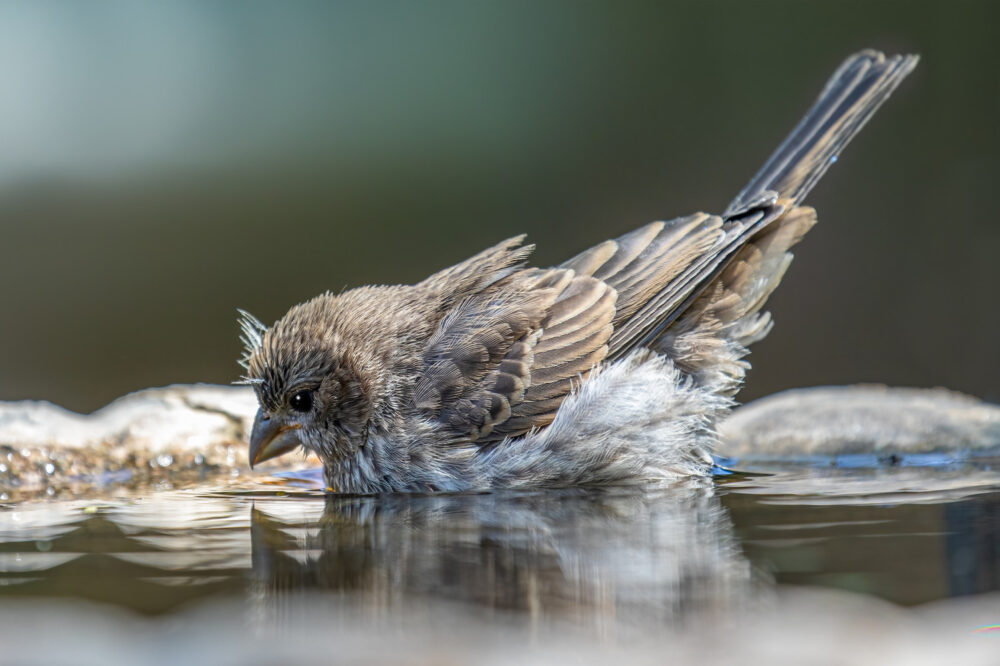We have much more to do and your continued support is needed now more than ever.
Gardener’s Guide to Global Warming
The National Wildlife Federation has just released a comprehensive Gardener’s Guide to Global Warming. Below, I’ve linked to some of the highlights of the report as well as a few useful tools.
State Flowers and Trees
Plants across the nation are affected by global warming. You have probably seen that many plants in your backyard are blooming earlier. Global warming will mean that many native and iconic plants may no longer find suitable climate conditions in major portions of their historic range.
Check out this interactive map that shows whether or not the state flower or tree in your state will be affected by global warming.
Invasive Plants: America’s Most NOT Wanted
While weeds and pests in the garden can be frustrating and time consuming to control, in nature invasive species can wreak absolute havoc.
By definition, an “invasive” species is a nonnative plant, animal or other organism that, once introduced into a new environment, outcompetes native species for habitat and food. Although not all exotic species are invasive, those that are can cause tremendous problems.
Particularly troubling is the fact that a number of nonnative plants that people have brought into their gardens as ornamentals (such as those listed below) have turned out to be some of the most damaging species when introduced into natural habitats. With global warming, many of these species are expected to gain even more of a foothold.
Check out this interactive guide to some of the most disruptive invasive species.
Take the Gardener’s Pledge
Pledge to choose at least three of the actions to help fight global warming:
- Compost my kitchen and garden waste.
- Contact my elected officials.
- Develop a rain garden.
- Establish a “green roof” by planting trees around my house.
- Reduce the threat of invasive species by using native plants in my landscape.
- Improve my energy efficiency.
- Limit my water consumption.
- Reduce the use of gasoline-powered yard tools.
America needs to take significant action to reduce global warming pollution, or else gardens across the country and world could face the following impacts:
- More frequent and severe weather extremes, including heat waves, droughts and floods.
- The expansion of harmful invasive species, pests and diseases.
- The disruption of ecosystems.
- The extinction of thousands of species–all of which are disasters for nature, let alone gardeners.
Call your Members of Congress and urge them to support legislation that reduces global warming pollution.





















